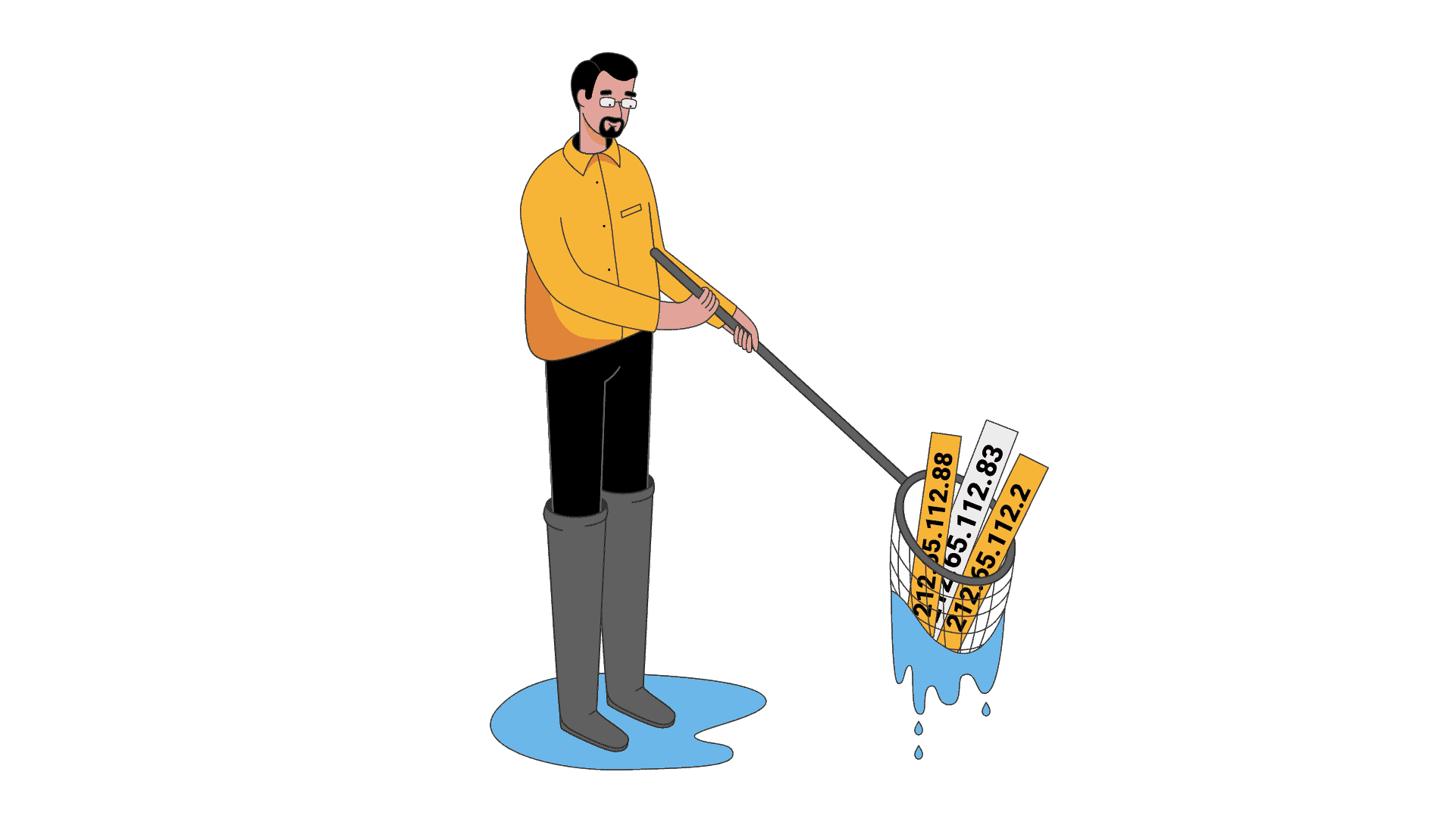What Is a Proxy Subnet and Why Do They Matter?
Subnets make internet connections more efficient. But with something good, bad follows. Did you ever get a bunch of IPs blocked at once? Well, they were most likely from the same subnet. Let’s have a closer look at what subnets are and why that happens.

What Are Subnets?
How to Identify a Subnet
| IPs from the same subnet | IPs belong to different subnets |
| 212.65.112.2 | 214.65.112.2 |
| 212.65.112.83 | 211.65.112.83 |
| 212.65.112.88 | 212.70.112.88 |
In other words, if the IP address belongs to the same subnet, only the last octet changes. And if any of the numbers in the first three parts are different, the IPs belong to different subnets. So better go and check if your proxies have a high subnet diversity.
How Are Subnets Relevant for Proxy Servers?
Most domains monitor their websites and limit how often you can access them from one IP address. If you cross a line, you’ll have some alone time with CAPTCHAs or even get your IP banned.
And the problems don’t just end here. More advanced sites can also block a range of IPs coming from the same subnet.
For example, some proxy providers offer IP addresses that come from data centers. That means their proxies are often from the same subnet. So, when you connect with a datacenter proxy server and do some automated data collection, all your IPs might get banned. In this case, you’d have to buy more to cover the blocked ones. Also, remember that you’ll not be the only one on the same subnet. So, one person might clip the whole subnet. And your proxies will suddenly be out of a job.
That’s why low proxy subnet diversity can really kick you in the butt. Remember when I said that one subnet could have 256 IPs? Imagine all of them getting blocked while you are getting those dream kicks.
How to Avoid Subnet-Related Issues?
Using the same subnet for copping sneakers, web scraping, or managing multiple social media accounts might get you in a lot of trouble. But I have a few solutions for overcoming subnet-related issues.
1. Buy Proxy IPs from Multiple Subnets
Some proxy providers try to overcome the issue of subnet bans by offering IPs from multiple different subnets. The larger the plan is, the more IPs from different subnets you get. This mostly applies to datacenter and ISP proxies.
However, you may also want to contact a potential provider and ask them to mix up the IPs. Your goal is to have proxies from multiple subnets, so that even if one gets blocked, you can still use the other addresses.
2. Get a Private Subnet for Yourself
Another solution is to get the whole subnet for yourself. This way, you won’t have to worry about neighbors accidentally causing damage to your IPs. With a private subnet, you get your own IPs (256), and you’ll be the only one using that subnet during the purchase period.
Sounds good? Well, there is one drawback – they are very expensive. But if you’re still considering getting one, I recommend looking into dedicated proxy providers.
3. Use Residential Proxies
If high subnet diversity is your number one priority, great news! Residential proxy services rarely share the same subnet and have large proxy pools. So, you can forget blocking a range of IPs at once.
Unlike datacenter proxies, which are created in bulk, residential IPs are collected from a wide variety of people throughout the world. Thus, they’re naturally highly diverse.
Many providers in the market, like Smartproxy or Bright Data, offer residential proxies without subnets. You can find some great options here.